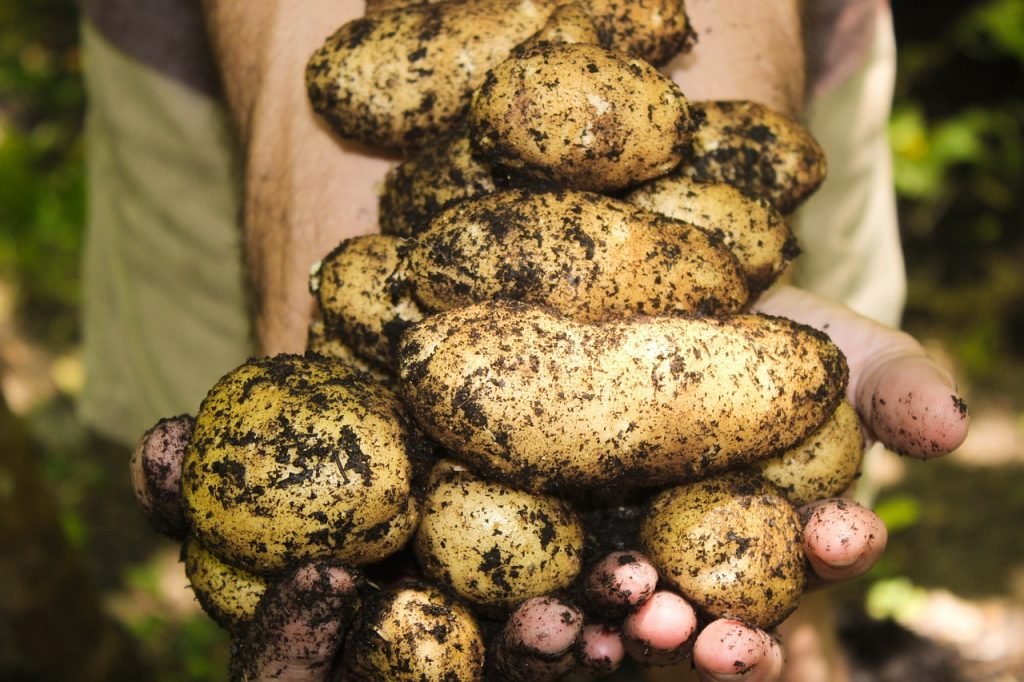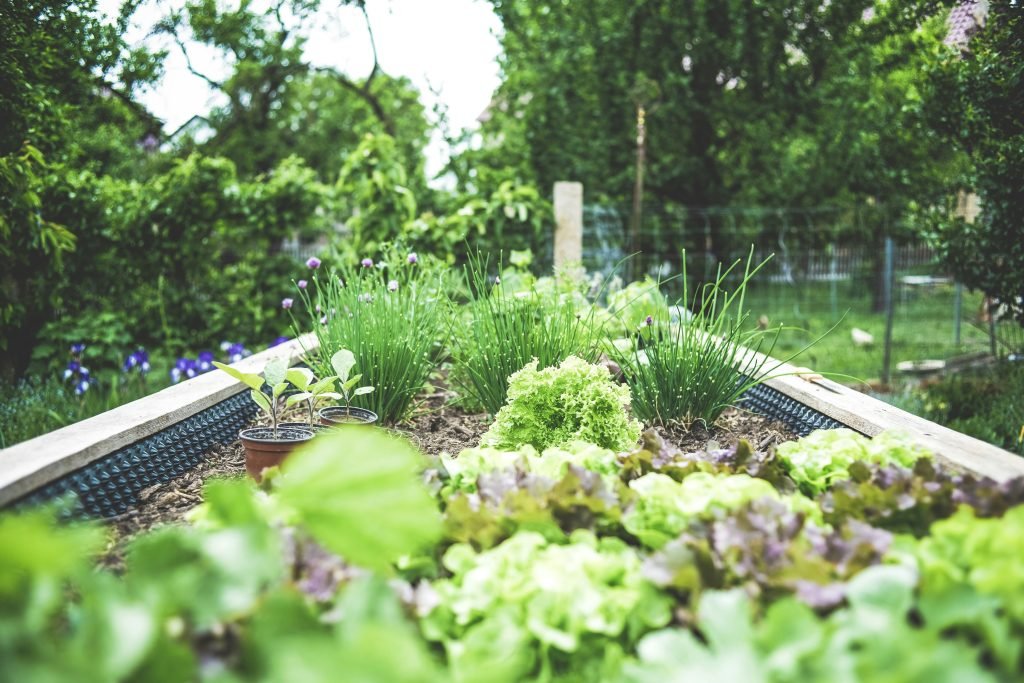Have you ever looked down at your garden beds and wondered what type of soil is truly best for gardening? The right soil can significantly affect the health of your plants, their growth, and ultimately your gardening success. Let’s take a closer look at the different types of soil, their properties, and how each can impact your gardening experience.

This image is property of pixabay.com.
Understanding Soil Composition
To choose the best soil for your gardening needs, it’s important to understand what soil is made up of. Soil consists of minerals, organic matter, air, and water. Each of these components plays an essential role in plant health and growth.
Soil Layers: The Foundation of Healthy Gardens
You might be surprised to learn that soil isn’t just a homogeneous substance. It is layered, with each layer having distinct characteristics. The primary layers include:
- Topsoil: This is the uppermost layer, rich in organic matter and nutrients. It’s where your plants will mostly grow.
- Subsoil: Found beneath the topsoil, subsoil contains minerals that are less organic. It’s denser and usually less fertile than topsoil.
- Parent Material: This layer is composed of weathered rock and material from which the soil is formed, providing minerals for the upper layers.
- Bedrock: The lowest layer consists of hard rock, which is not typically used for gardening.
The ideal gardening soil will primarily consist of dark, nutrient-rich topsoil.
Soil Types and Their Properties
You may not realize it, but different types of soil have different properties that can significantly affect your gardening success. Let’s break down the most common soil types: sandy, clay, and loamy soils.
Sandy Soil
Sandy soil is characterized by its gritty texture. This type of soil has larger particles and is known for its good drainage.
Benefits of Sandy Soil:
- Drains water quickly, reducing the risk of root rot.
- Warms up faster in the spring, allowing for an earlier planting season.
Drawbacks of Sandy Soil:
- Nutrient-poor, meaning it may require regular fertilization.
- Holds moisture poorly, which can lead to dry conditions for plants.
If you’re gardening in sandy soil, consider enriching it with organic matter, such as compost, to improve nutrient retention and moisture holding capacity.
Clay Soil
On the other end of the spectrum, clay soil is composed of very fine particles that are densely packed together. This leads to heavy, slick soil that can create challenges for gardeners.
Benefits of Clay Soil:
- Retains moisture well, which can be beneficial in dry conditions.
- Rich in nutrients, often making it fertile.
Drawbacks of Clay Soil:
- Poor drainage can lead to water pooling and root rot.
- Can become compacted, making it hard for roots to grow.
If you have clay soil, consider mixing in organic matter and sand to improve drainage and aeration.
Loamy Soil
Loamy soil is often considered the gold standard for gardening. It’s a balanced mix of sand, silt, and clay, providing the benefits of all three types.
Benefits of Loamy Soil:
- Excellent drainage and moisture retention.
- Rich in nutrients and organic matter.
- Less prone to compaction compared to clay soil.
Drawbacks of Loamy Soil:
- Can become nutrient depleted if not regularly amended.
- May require consistent management to maintain its ideal structure.
If you’re fortunate enough to have loamy soil, you’re in a great position to grow a wide variety of plants!

This image is property of pixabay.com.
Soil pH: The Secret Ingredient
The pH level of your soil plays a crucial role in determining which plants will thrive. Soil pH is measured on a scale from 0 to 14, with 7 being neutral.
Acidic vs. Alkaline Soil
- Acidic Soil (pH less than 7): This type of soil may benefit certain plants like blueberries and azaleas. High levels of organic matter or rainfall can contribute to soil acidity.
- Alkaline Soil (pH greater than 7): Plants like lavender and lilacs tend to thrive in alkaline soils. These soils may be more common in areas with limestone deposits.
Managing Soil pH
It’s essential to regularly test your soil to determine its pH. If adjustments are needed:
- To lower pH (make soil more acidic), add elements like sulfur or pine needles.
- To raise pH (make soil more alkaline), you can add lime or ashes.
Understanding your soil’s pH will help you choose the best plants and create an ideal growing environment.
Improving Your Soil
Even if your garden’s existing soil isn’t perfect, don’t worry! There are plenty of ways to enhance it. Here are some strategies for improving soil quality:
Adding Organic Matter
Incorporating organic materials such as compost, peat moss, or well-rotted manure can tremendously boost soil structure, fertility, and moisture retention.
Mulching
Applying a layer of mulch helps in:
- Retaining moisture in the soil.
- Suppressing weeds.
- Gradually adding organic matter as it breaks down.
Soil Amendments
If your soil lacks specific nutrients, consider adding amendments:
- Nitrogen: For leafy greens, use blood meal or fish emulsion.
- Phosphorus: Bone meal or rock phosphate can enhance root development.
- Potassium: Greensand or kelp meal can bolster overall plant health.
Tilling and Aerating
Regularly tilling the soil can alleviate compaction, especially in clay-heavy soils. You can also use a garden fork to aerate the soil, promoting better air and water penetration for roots.

This image is property of pixabay.com.
Soil Testing: Finding Out What You Need
To truly optimize your soil, conducting a soil test is invaluable. Most garden supply stores offer soil testing kits that can analyze pH and nutrient levels.
Interpreting Test Results
Once you receive your results, you can match your soil’s needs with suitable amendments tailored to improve its nutrients.
| Soil Nutrient | Function | Common Sources |
|---|---|---|
| Nitrogen | Promotes leaf growth | Blood meal, compost |
| Phosphorus | Fosters root and flower development | Bone meal |
| Potassium | Enhances overall plant health | Wood ash, greensand |
By understanding your soil and how to improve it, you’ll create an environment where your plants can truly thrive.
Choosing the Right Plants for Your Soil
Not all plants will thrive in every type of soil. Understanding your soil composition allows you to select the best plants for your garden.
Vegetables
Different vegetables have different soil preferences. Here’s a quick overview:
| Vegetable | Preferred Soil Type | Notes |
|---|---|---|
| Tomatoes | Loamy, well-drained | Loves sun and moisture |
| Carrots | Sandy, well-aerated | Needs loosening to grow |
| Lettuce | Loamy, rich in organic matter | Prefers cooler conditions |
| Potatoes | Loamy, slightly acidic | Avoid overly heavy soils |
Flowers
Selecting the right flowering plants can bring vibrancy to your garden:
| Flower | Preferred Soil Type | Notes |
|---|---|---|
| Lavender | Well-drained, alkaline | Prefers dry conditions |
| Hydrangeas | Moist, loamy, slightly acidic | Color varies with pH |
| Marigolds | Rich, loamy | Pest deterrent |
| Coneflowers | Sandy, well-drained | Thrives in various soils |
Trees and Shrubs
Larger plants also need careful consideration when matching with soil:
| Tree/Shrub | Preferred Soil Type | Notes |
|---|---|---|
| Oak | Well-drained, acidic | Tolerates various conditions |
| Maple | Loamy, moist | Requires good drainage |
| Boxwood | Well-drained, fertile | Needs some shade |
| Pine | Sandy, well-drained | Thrives in acidic soils |
By choosing plants that are well-suited to your specific soil conditions, you’ll help ensure their health and longevity.
The Role of Soil Microorganisms
While it may be easy to overlook, the microscopic life within your soil is crucial for a healthy garden. These microorganisms—including bacteria, fungi, and earthworms—play a significant role in breaking down organic matter, releasing nutrients, and improving soil structure.
Beneficial Microorganisms
- Bacteria: Decomposers that break down organic material.
- Fungi: Create symbiotic relationships with plant roots, enhancing nutrient uptake.
- Earthworms: Aerate the soil and help break down organic matter as they consume it.
Maintaining Microbial Life
To keep beneficial microorganisms thriving, consider these tips:
- Avoid over-tilling, which can disrupt their habitat.
- Use organic fertilizers to avoid harming the microbial community.
- Incorporate cover crops during the off-season to provide organic material.
Conclusion: Building the Perfect Garden Soil
Finding the best soil for gardening is all about understanding your unique needs and adapting your approach accordingly. Whether you’re dealing with sandy, clay, or loamy soil, remember that improvements can always be made. Know your soil’s composition, utilize organic matter, select the right plants, and be mindful of the tiny life that thrives within it.
With a little love and attention, your garden soil will flourish, providing the perfect environment for your plants to grow and thrive. Happy gardening feels much closer than you might think!




